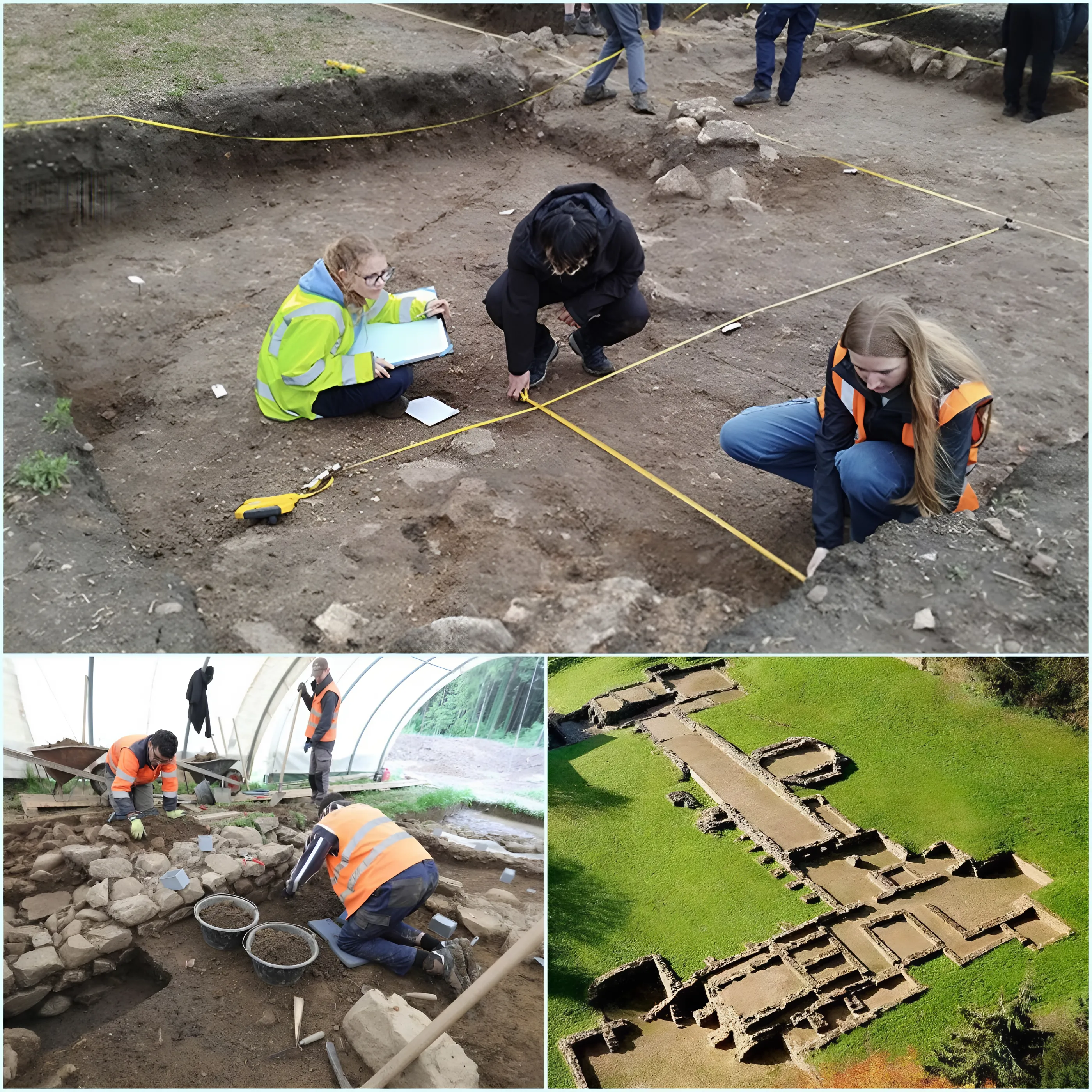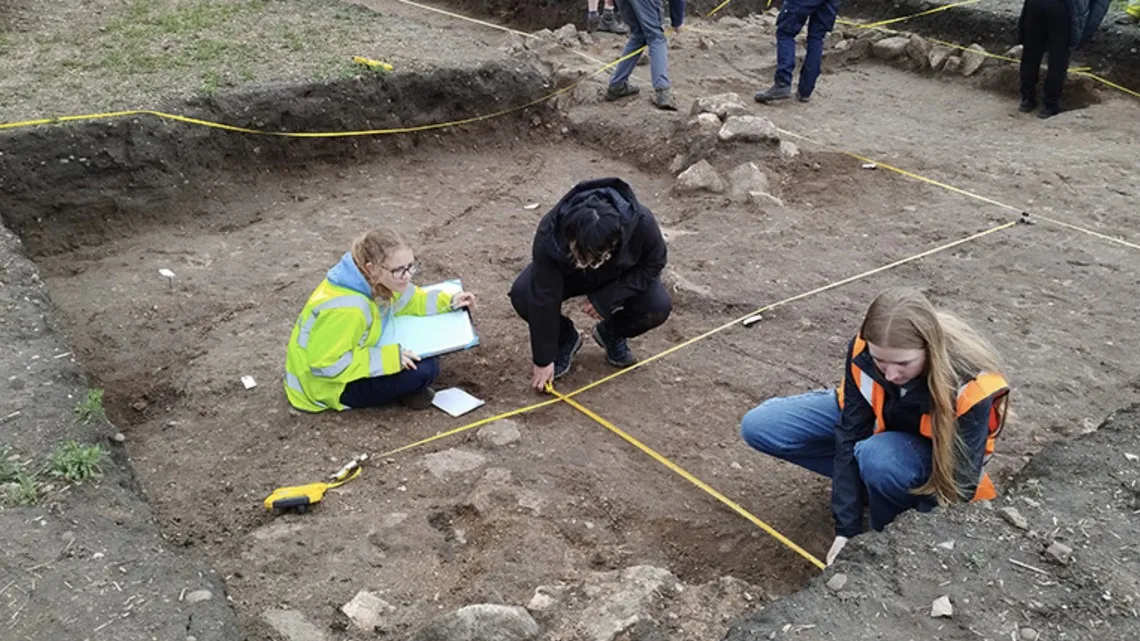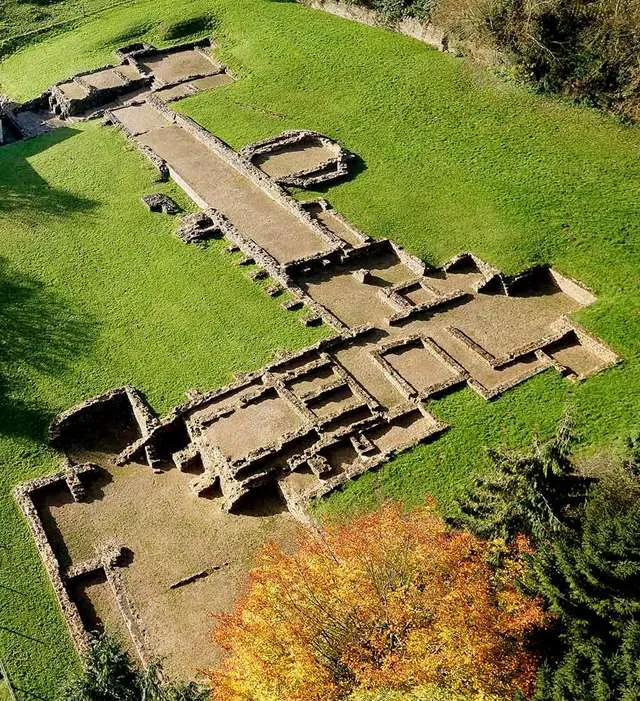
The discovery of a sprawling Roman villa buried under the English countryside has provided a fascinating glimpse into the luxurious lifestyles at the edge of the ancient empire. Located in Leicestershire, about 115 miles northwest of London, the dilapidated stone structure was unearthed by students from the University of Leicester during a two-week excavation in May.

According to a news release from the university on July 10, the villa’s remains were remarkably extensive, spanning approximately 230 feet in length. John Gater, involved in funding the excavation, noted the presence of large granite stone blocks forming the foundation walls, despite most floor surfaces having been robbed out over time.

Described as a “substantial country house” by Jeremy Taylor, a lecturer at the university, the villa yielded a variety of artifacts during the excavation. These included mosaic tiles and fragments of vibrantly colored wall plaster, suggesting that the inhabitants decorated their rooms in line with the latest Roman fashion trends.
Among the discoveries were numerous fragments of Samian pottery, a type of finely decorated red clayware, which further indicated the estate’s status as a “fancy” residence. The findings underscore the villa’s significance in Roman Britain, offering archaeologists valuable insights into the daily lives and cultural practices of its affluent inhabitants.





